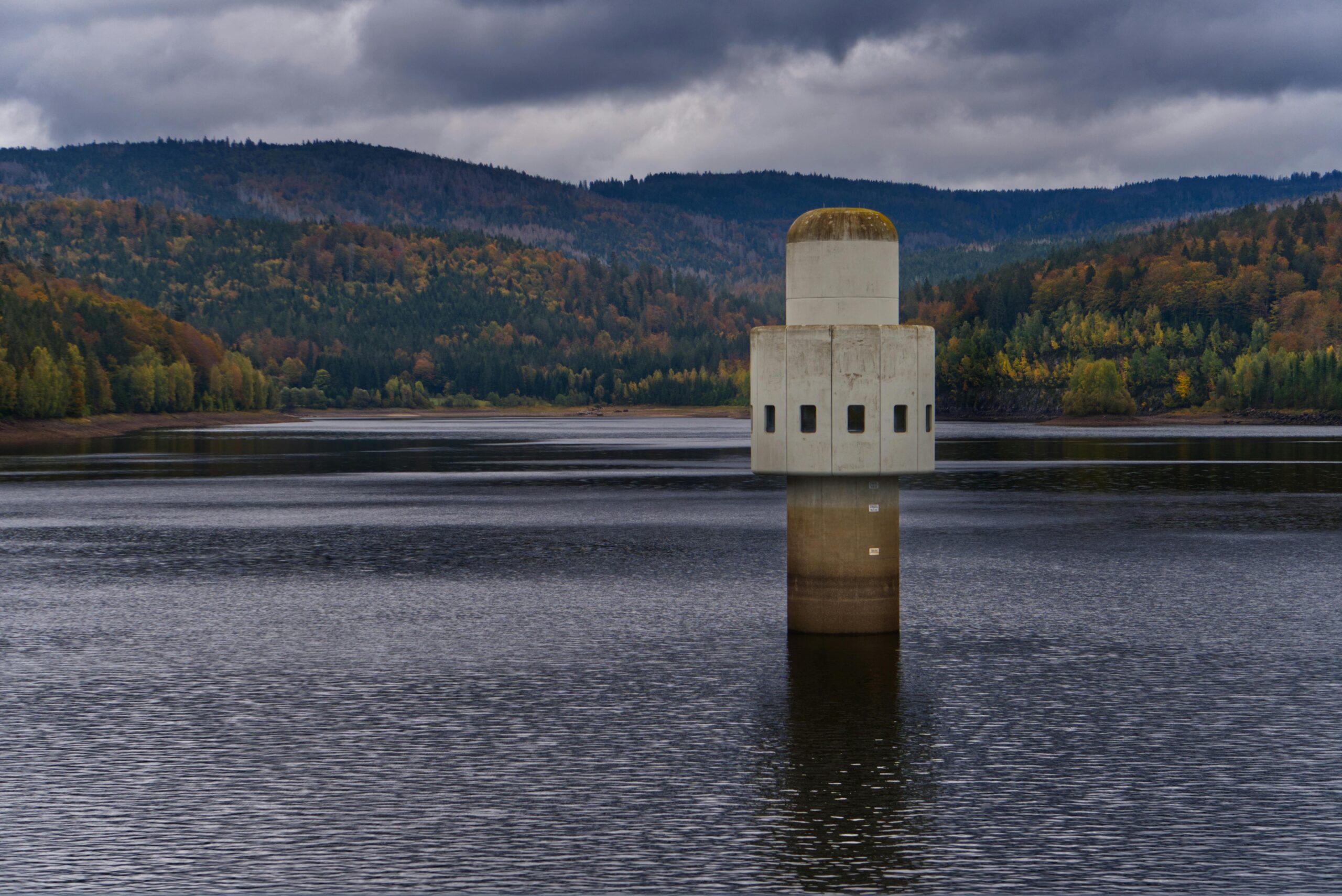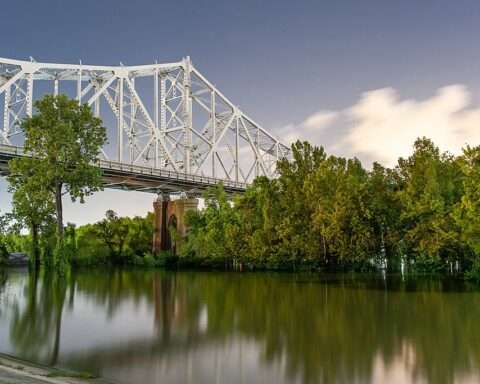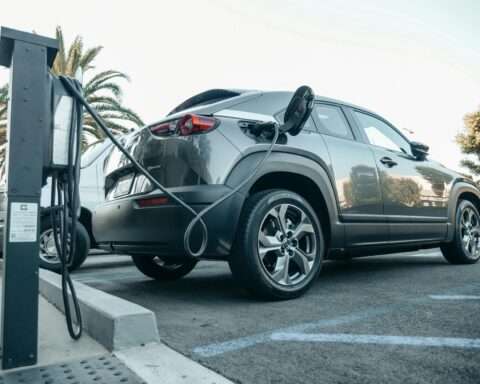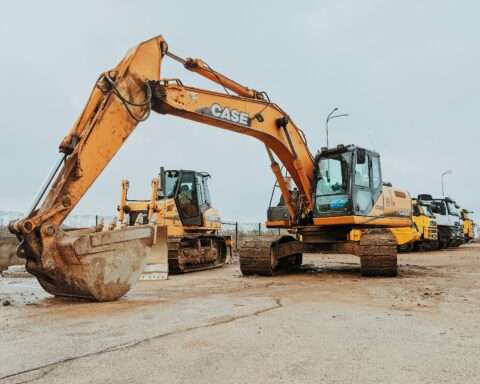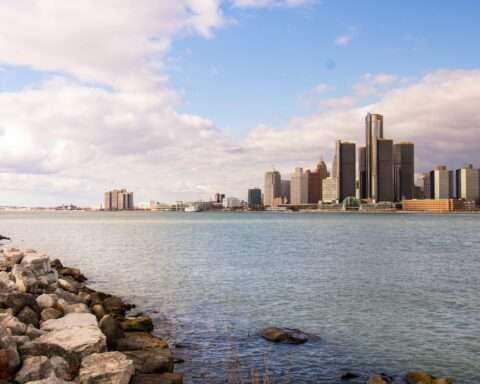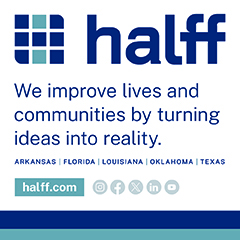The city of Oklahoma City is embarking on the comprehensive Kiamichi River Water Management Project (KRWMP) to expand available water resources from the Sardis Reservoir. The effort will use sustainable methods to draw from Kiamichi River without threatening the local ecosystem. While a total cost estimate has not yet been released, construction is anticipated to begin in 2030.
The project’s primary purpose will involve the city building a new water pipeline from Kiamichi River to Oklahoma City. When the city needs water, it will release water from Sardis Reservoir into the river, where it can then be transported 35 miles to the city’s intake.
As part of the pipeline’s construction, the city will build a raw water intake station, two pump stations and a connection pipeline to the Atoka Pipeline. Once completed, the pipeline will provide the city and surrounding region with enough water through 2060.
The KRWMP is the first milestone project using the process established in the 2016 Water Settlement Agreement, a piece of legislation settling decades of water conflict in the region. As a result of the agreement, projects like the KRWMP will be required to meet safeguards that safeguard environmental and recreational needs.
Operating the pipeline under the agreement will require the city to maintain minimum river levels whenever water is drawn from the reservoir. By releasing additional water to maintain the flow requirement, the city will ensure that local ecosystems and communities relying on the river will benefit, especially during dry periods throughout the year.
The 2016 Water Settlement Agreement developed a cooperative framework between the city, the state of Oklahoma, the Choctaw Nation of Oklahoma and the Chickasaw Nation. It prioritizes a series of principles to protect rural communities, urban centers and existing water rights among other interests.
Photo by Elias Tigiser from Pexels



